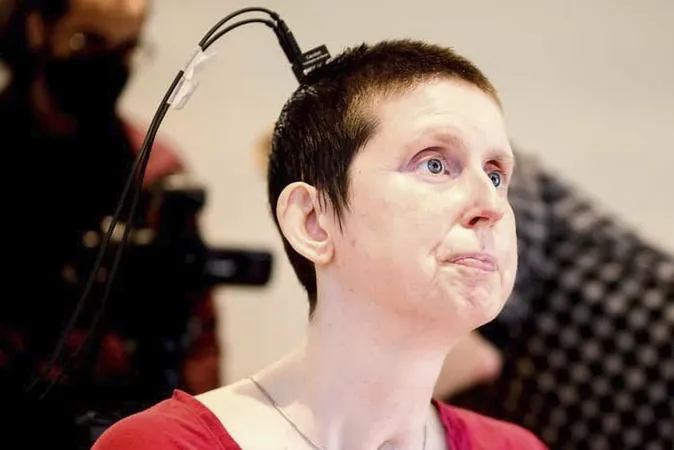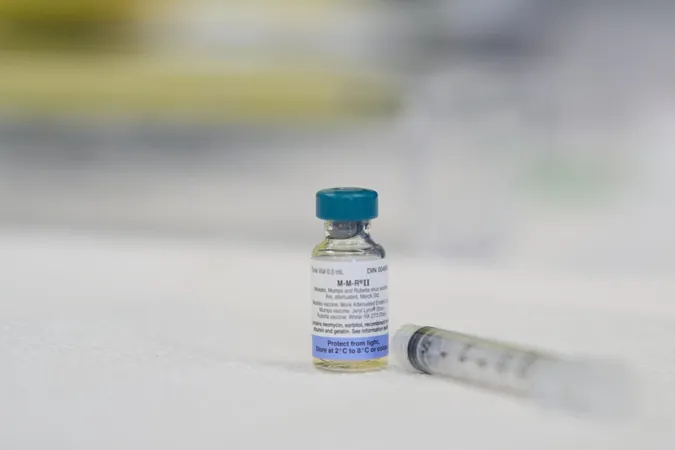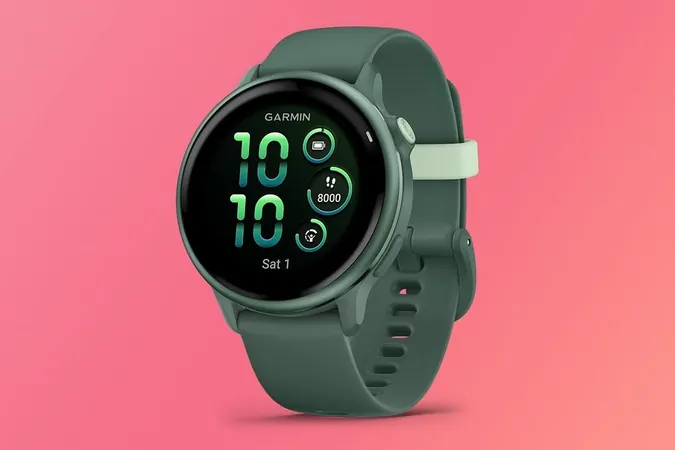
Breakthrough in Neurotechnology: A Stroke Survivor Finds Her Voice with Revolutionary Brain-Computer Implant
2025-03-31
Author: Charlotte
Breakthrough in Neurotechnology
In a remarkable scientific advancement, researchers have unveiled an experimental brain-computer interface (BCI) that can transform thoughts into spoken words instantaneously, providing new hope for individuals who have lost their ability to communicate.
Groundbreaking Clinical Trial
In a groundbreaking clinical trial, a 47-year-old woman, who has been unable to speak for 18 years due to a stroke that left her quadriplegic, has become the first participant to benefit from this revolutionary technology. The device was implanted in her brain during surgery, allowing researchers to decode her intent to speak into coherent speech in real time.
Significant Breakthrough in Speech Restoration
Gopala Anumanchipalli, a co-author of the study published in the prestigious journal Nature Neuroscience, emphasized that this implant is capable of “converting her intent to speak into fluent sentences.” This marks a significant breakthrough in the field of speech restoration, as many existing brain-computer interfaces suffer from delays that disrupt conversational flow and can result in frustration for users.
Innovative Technology for Speech
The innovative team in California employed cutting-edge technology to record the woman's brain activity using electrodes while she silently articulated sentences. By developing a synthesizer that mimicked her voice prior to her injury, they were able to train an AI model that translates her neural activity into spoken words. This could revolutionize communication for those affected by similar conditions.
Pioneering 'Streaming Approach' in Communication
Unlike traditional speech transcription systems, which often pause to process complete sentences, this implant operates on a pioneering 'streaming approach.' It transmits information in rapid 80-millisecond chunks, enabling it to capture the natural rhythm of speech without waiting for phrases to complete. “It’s processing it on the fly,” Anumanchipalli explained, highlighting the device’s ability to create a seamless conversational experience.
Experts Weigh In
Experts in the field, like Jonathan Brumberg from the Speech and Applied Neuroscience Lab at the University of Kansas, are heralding this advancement as a "pretty big advance" for communication technology. By maintaining the use of voice samples, researchers anticipate that this can lead to a more authentic speech experience for users.
Future Prospects and Funding Challenges
While the research has received some funding from the National Institutes of Health (NIH), which has recently seen budget cuts, Anumanchipalli remains optimistic about the future. He stated that sustained investments could make this technology available to patients within the next decade, significantly improving the quality of life for many who are unable to speak.
Hope for the Future
As scientists continue to refine this promising technology, the hope remains that one day, individuals across the globe will regain their voices, overcoming barriers that have long kept them silent. Stay tuned for updates on this groundbreaking work that could change lives forever!









 Brasil (PT)
Brasil (PT)
 Canada (EN)
Canada (EN)
 Chile (ES)
Chile (ES)
 Česko (CS)
Česko (CS)
 대한민국 (KO)
대한민국 (KO)
 España (ES)
España (ES)
 France (FR)
France (FR)
 Hong Kong (EN)
Hong Kong (EN)
 Italia (IT)
Italia (IT)
 日本 (JA)
日本 (JA)
 Magyarország (HU)
Magyarország (HU)
 Norge (NO)
Norge (NO)
 Polska (PL)
Polska (PL)
 Schweiz (DE)
Schweiz (DE)
 Singapore (EN)
Singapore (EN)
 Sverige (SV)
Sverige (SV)
 Suomi (FI)
Suomi (FI)
 Türkiye (TR)
Türkiye (TR)
 الإمارات العربية المتحدة (AR)
الإمارات العربية المتحدة (AR)